Taon Noong Ako'y Anak sa Labas (2008)
Género : Documental
Tiempo de ejecución : 1H 40M
Director : John Torres
Escritor : John Torres
Sinopsis
Filmmaker John Torres describes his childhood and discusses his father's infidelities.
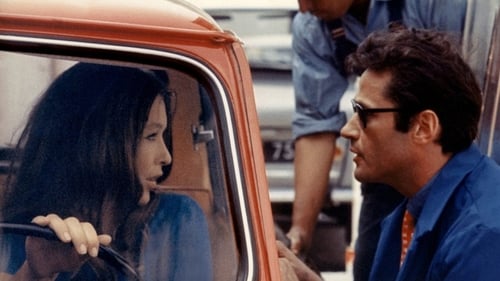
Tomando como punto central las vivencias de Juliette, una mujer casada y con dos hijos que trabaja como ama de casa de día y prostituta por la noche, Godard realiza una especie de documental dramatizado sobre las vidas, las sensaciones, los personajes y los caracteres que pueblan el llamado nuevo París de los años 60.
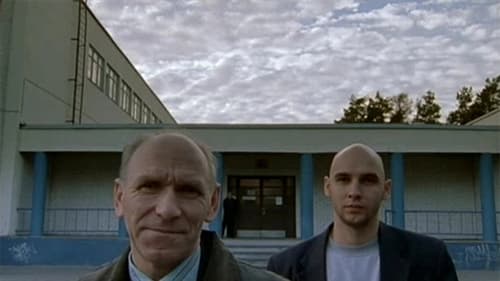
Veinticinco cineastas, uno por cada estado de la Unión Europea, realizaron una película sobre sus respectivos países. Todas tenían el mismo presupuesto, debían estar ambientadas en el presente o en un futuro inmediato y durar cinco minutos. No había otras limitaciones, de modo que los autores tenían plena libertad para expresarse. Entre los directores figuran tanto nombres consagrados como voces nuevas dentro del panorama cinematográfico. Cada corto tiene su propia identidad, por lo que es posible establecer comparaciones fascinantes; pero, además, juntos ofrecen una imagen global de la Comunidad Europea a través de la fusión de esas distintas visiones conceptuales y creativas.
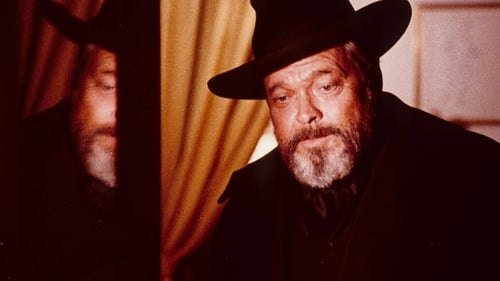
Documental sobre el fraude y las falsificaciones que se centra en la figura del falsificador Elmyr de Hory y su biógrafo, Clifford Irving, autor también escribió la fraudulenta biografía de Howard Hughes. Asimismo relata la reclusión de Hughes y la carrera de Welles, que comenzó con la emisión radiofónica de una falsa invasión marciana: "The War of the Worlds".

CREMASTER 4 (1994) adheres most closely to the project's biological model. This penultimate episode describes the system's onward rush toward descension despite its resistance to division. The logo for this chapter is the Manx triskelion - three identical armored legs revolving around a central axis. Set on the Isle of Man, the film absorbs the island's folklore ...
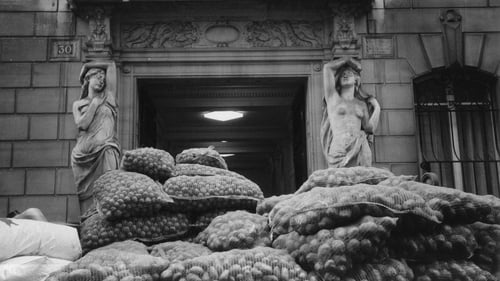
Commissioned by French television, this is a short documentary on the neo-classical statues found throughout Paris, predominantly on the walls of buildings, holding up windows, roofs etc.
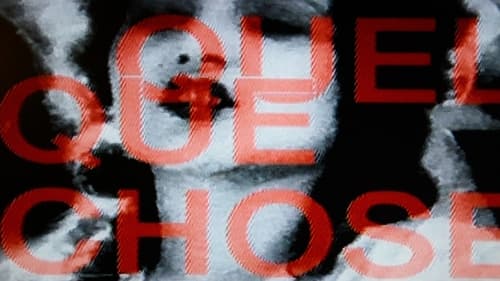
A very personal look at the history of cinema directed, written and edited by Jean-Luc Godard in his Swiss residence in Rolle for ten years (1988-98); a monumental collage, constructed from film fragments, texts and quotations, photos and paintings, music and sound, and diverse readings; a critical, beautiful and melancholic vision of cinematographic art. (Abridged version of the original collection of eight short films).

Una mirada muy personal a la historia del cine dirigida, escrita y editada por Jean-Luc Godard en su residencia suiza de Rolle durante diez años (1988-98); un collage monumental, construido a partir de fragmentos de películas, textos y citas, fotos y pinturas, música y sonidos, y diferentes lecturas; una visión crítica, bella y melancólica del arte del cine.

Una mirada muy personal a la historia del cine dirigida, escrita y editada por Jean-Luc Godard en su residencia suiza de Rolle durante diez años (1988-98); un collage monumental, construido a partir de fragmentos de películas, textos y citas, fotos y pinturas, música y sonidos, y diferentes lecturas; una visión crítica, bella y melancólica del arte del cine.

Una mirada muy personal a la historia del cine dirigida, escrita y editada por Jean-Luc Godard en su residencia suiza de Rolle durante diez años (1988-98); un collage monumental, construido a partir de fragmentos de películas, textos y citas, fotos y pinturas, música y sonidos, y diferentes lecturas; una visión crítica, bella y melancólica del arte del cine.
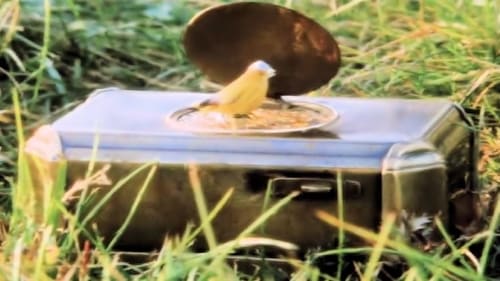
"Land of Dreams" - When the daughter Johanna is born in 1983, Jan Troell tells the story about his childhood Sweden and how things were when he grow-up in the land of fairy tales and potential prosperity.

Un ensayo atmosférico, que viene a ser una versión alternativa de «El conde Drácula», película dirigida por Jesús Franco en 1970; una narración fantasmal entre la ficción y la realidad.

Una mirada muy personal a la historia del cine dirigida, escrita y editada por Jean-Luc Godard en su residencia suiza de Rolle durante diez años (1988-98); un collage monumental, construido a partir de fragmentos de películas, textos y citas, fotos y pinturas, música y sonidos, y diferentes lecturas; una visión crítica, bella y melancólica del arte del cine.

A film composed of images from prisons. Quotes from fiction films and documentaries as well as footage from surveillance cameras. A look at the new control technologies, at personal identification devices, electronic ankle bracelets, electronic tracking devices.

A short 6-minute essay-documentary by Maurice Pialat on the region in which much of the action of Nous ne vieillirons pas ensemble unfolds.
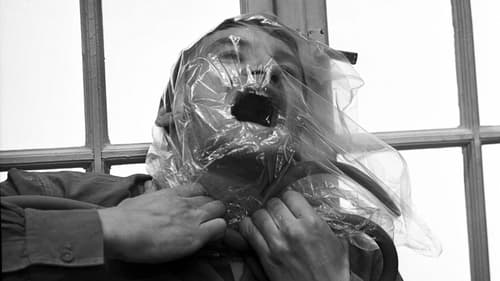
The reunion of a group of former medical students results in a flood of bitter memories.

Following Bellavista and Totó, Peter Schreiner completes his informal trilogy of epic, black-and-white digital-video essay-films with the utterly monumental Fata Morgana. Shot in the Libyan desert and in an abandoned building in Lausitz, Germany, it features a man (Christian Schmidt), a woman (Giuliana Pachner, from Bellavista) - and, glimpsed now and again, a guide (Awad Elkish.) They talk, they fall silent. Winds blow. The sun shines. The camera runs. What gradually takes shape is nothing less than a painstakingly concentrated attempt to understand the human condition through the lens of cinema. A lofty ambition, and one that demands a considerable leap of faith on the part of the audience: this film is sedate, "difficult", challenging, often apparently impenetrable. But anyone who has seen Schreiner's previous films will be aware that he is by any standards a major artist, one that can be trusted to find places that other directors may not even suspect exist.

A boy writes an essay about a bad day.

With ghostly eyes looking through the winter landscapes of the plains and villages of Ain, where the sanctified priest the Curé of Ars once lived, Jacques Demy tried to understand this fighter for communal spirituality and his daily torments of mysticism.

Filmmaker Kogonada unpicks what defines the Golden Age of Italian cinema with a side-by-side comparison of two edits of the same film, one according to Italian director Vittorio De Sica, and the other according to Hollywood producer David O. Selznick.

"A refined film essay about the loneliness, wisdom and humility of old women. The film, most valued by Jan Špáta, was awarded the Grand Prize at the International Short Film Festival in Oberhausen, the Trilobit Award and Special Mention at the IFF in Karlovy Vary."














